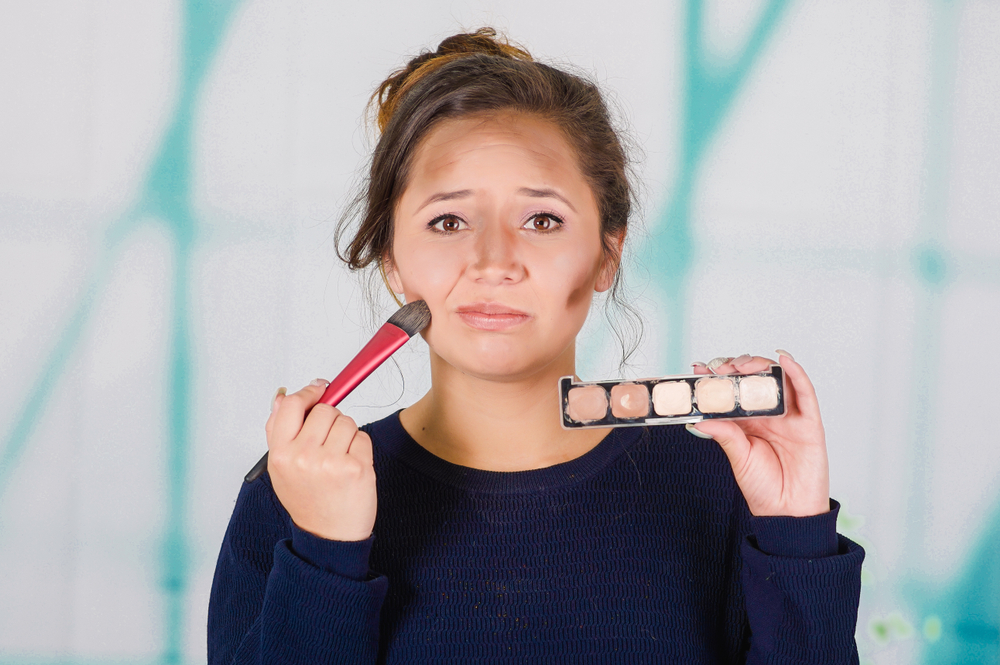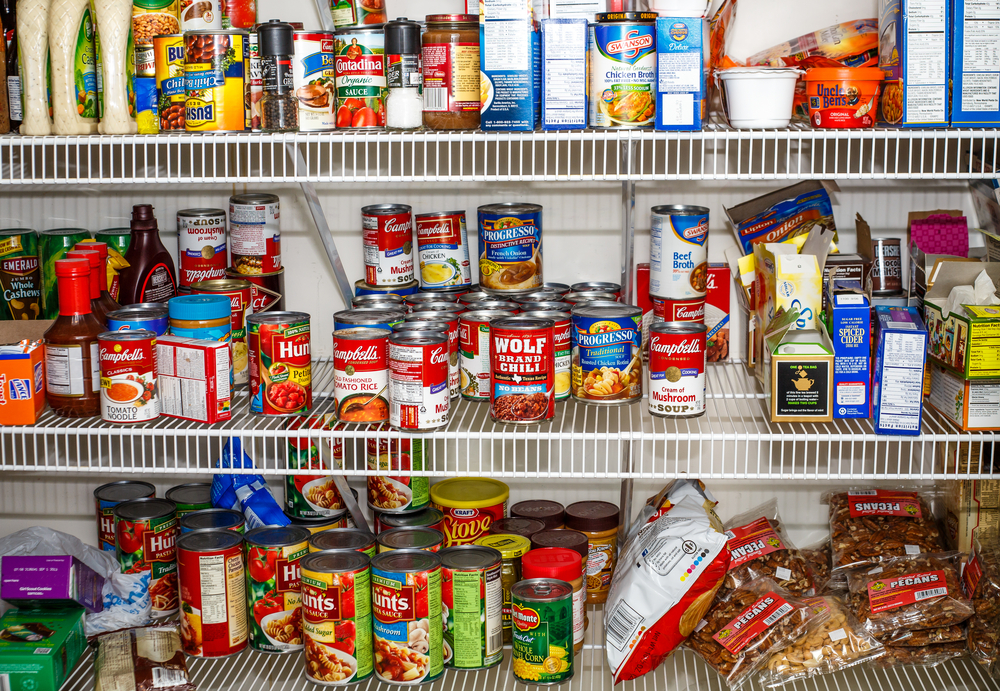The 1980s—a time of Rubik’s Cubes, neon spandex, and a complete absence of irony. But behind the VHS tapes and mall culture, parenting norms from this era might leave modern-day momfluencers and Dr. Spock devotees alike gasping in disbelief. Let’s delve into some of the shocking things ’80s parents did without batting an eyelash, and ponder how these behaviors would stand up in today’s hyper-connected, safety-conscious world. Buckle up for a trip through a decade that was as much about big hair as it was about laissez-faire parenting.
1. The Optional Bicycle Helmet Rule
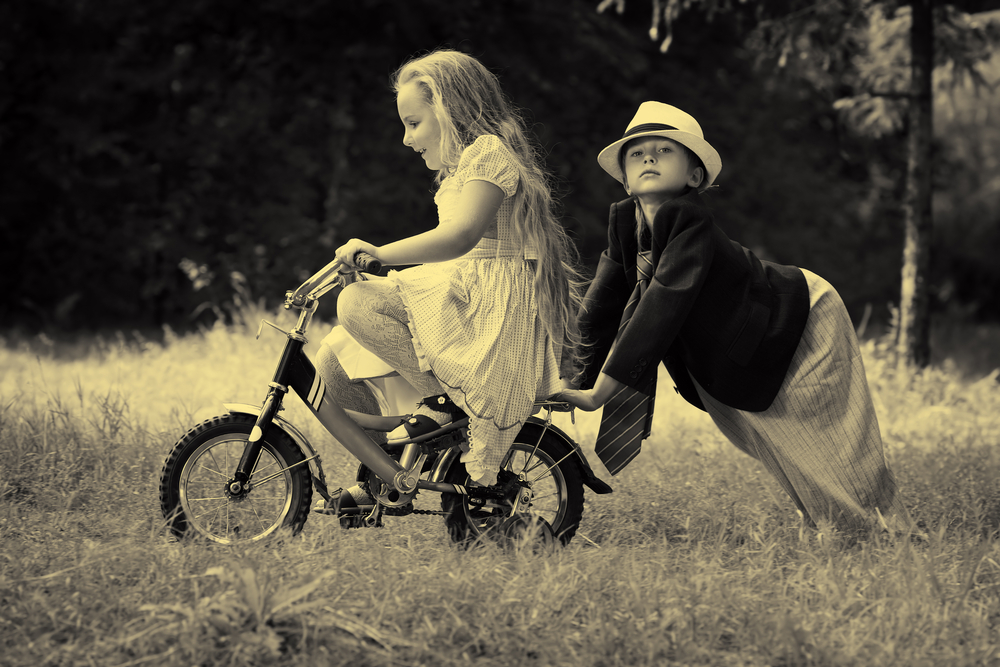
Despite the popularity of biking, helmets were rarely part of the ensemble. Kids sped down the streets on their banana-seat bikes, hair blowing in the wind, without any sense of impending doom should they take a tumble. This wasn’t just ignorance but a cultural norm, as helmets weren’t seen as the necessity they are today.
Fast forward to the present, and helmet laws, along with a better understanding of head injuries, have made cycling safety a non-negotiable topic. Parents now ensure their children don helmets before they even think about mounting a bicycle. The shift is emblematic of the broader change in how we approach risk and safety. What was once dismissed as overly cautious is now regarded as essential for children’s well-being.
2. The Laissez-faire Approach To Sun Protection
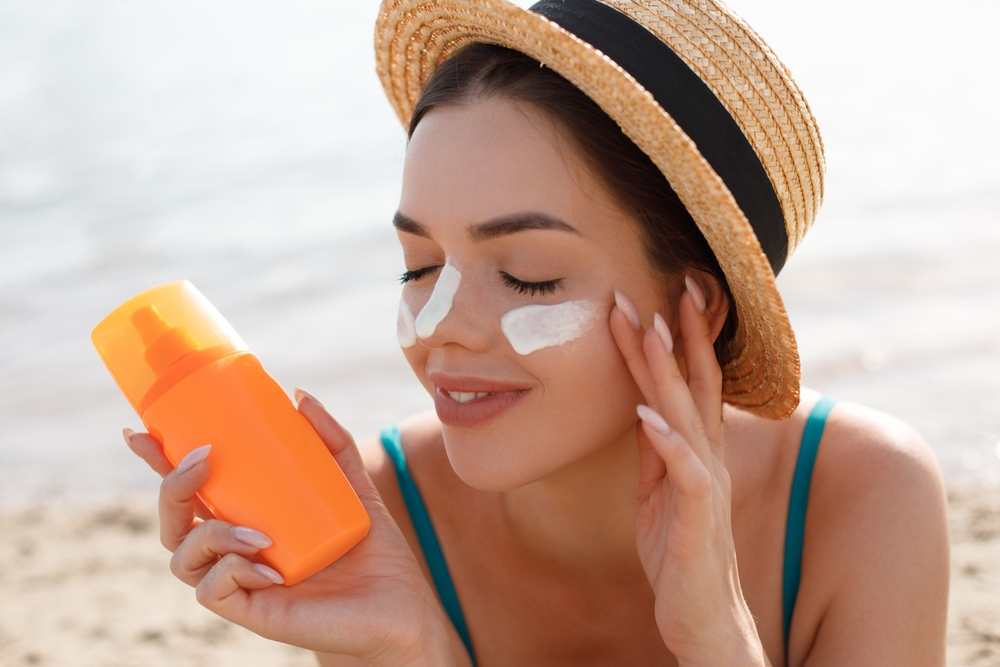
Before SPF was a regular part of the alphabet, sun protection was as laid-back as Madonna’s “Like a Virgin” vibe. Sunscreen, if used at all, was a sticky, oily concoction that parents half-heartedly slathered on their kids only when the sunburn was already a shade too pink. Aloe vera gel was the afterthought, sitting in the fridge like a badge of parental responsibility.
Tanning was a cultural phenomenon, and it wasn’t uncommon for entire families to bake under the sun for hours without any protection. The 1980s saw a spike in skin cancer rates, a trend largely attributed to this sun-worshipping behavior. Fast forward to today, and even toddlers have their own SPF 50 formulations. The shift is as much about health as it is about awareness, and you can thank decades of dermatology research for that enlightenment.
3. The Idea Smoking Everywhere Was OK
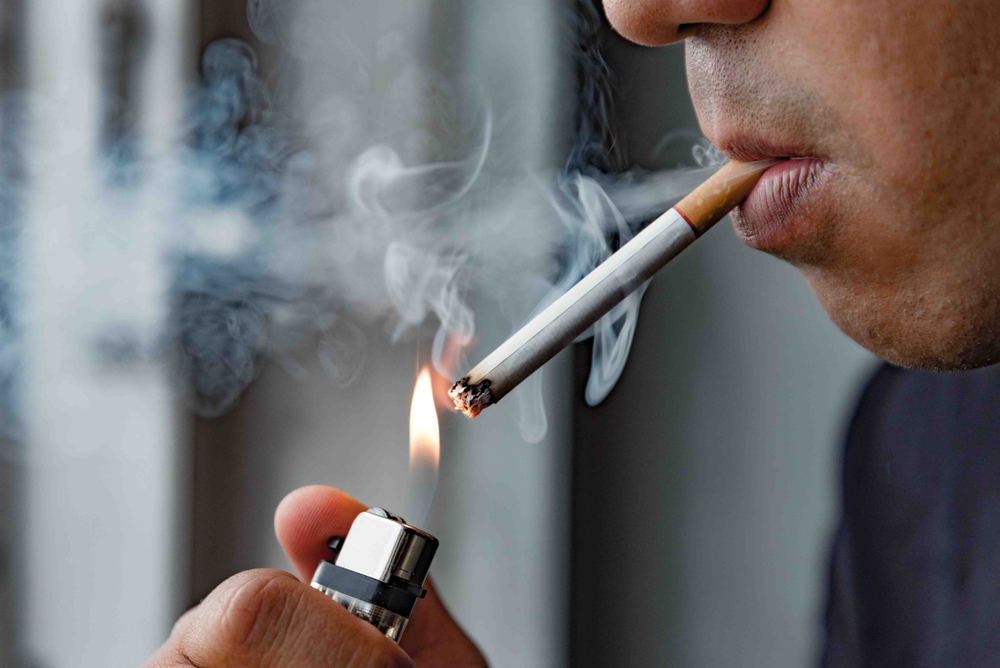
Lighting up was practically a national pastime, and the ’80s were no exception. Parents and non-parents alike puffed away in restaurants, airplanes, and even the living room, often oblivious to the cloud of smoke enveloping their children. According to a study published in the Journal of the American Medical Association, secondhand smoke exposure in children was widespread, with many health professionals only beginning to understand its ramifications.
Kids grew up inhaling the haze, with cigarette ads glamorizing the habit like it was a fashion accessory. Fast forward a few decades, and smoking bans have turned the tables, with the idea of lighting a cigarette indoors now socially and legally taboo. The change is staggering, a testament to how public health campaigns pushed back against what was once a cultural mainstay. Today, the smell of cigarettes in a family home would trigger alarms rather than nostalgia.
4. The Endless Hours Of Unsupervised Play

In the ’80s, kids could vanish for hours, their only compass the streetlights that signaled it was time to head home. Parents didn’t track them with GPS or call incessantly to check-in; instead, kids roamed freely from one friend’s house to another, their only curfew determined by the setting sun. This level of autonomy is unheard of today, where children are often scheduled down to the minute, shuttled from one supervised activity to the next.
This unsupervised freedom came with its fair share of sense-building and independence. Kids learned to negotiate social hierarchies, explore their environments, and solve problems on the fly. On one hand, it equipped them with a kind of street smarts that seems rare today. On the other hand, modern parents might shudder at the thought of their children disappearing into the unknown for hours on end. Still, the nostalgia for this kind of liberty lingers in the collective memory of those who lived it.
5. The Great Pacifier Dilemma
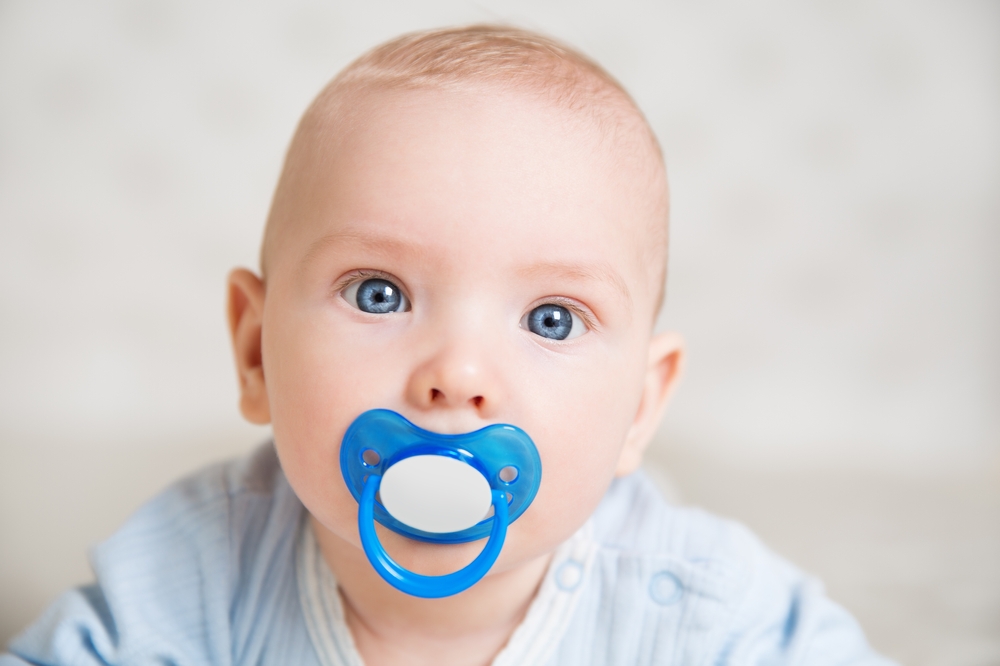
Pacifiers were the miracle solution to a fussy child, but sterilization was more of a suggestion than a practice. Dropped on the floor? A quick wipe on the pants and back into the baby’s mouth it went. Dr. Joan Y. Meek, a physician at the American Academy of Pediatrics, points out that parents in the ’80s were far less aware of germs and bacteria, largely due to a gap in public health education that we’ve since closed.
It’s a stark contrast to today, where parents might employ a full sterilization ritual before returning a pacifier to its rightful owner. This casual attitude extended to baby bottles and sippy cups as well, often cleaned with a perfunctory rinse. The rise of germ-consciousness has revolutionized parenting norms, with modern gadgets dedicated to sterilizing every square inch. Today’s parenting culture often walks the line between cautious and compulsive, but the pendulum has certainly swung in the opposite direction.
6. The Casual Consumption Of Junk Food
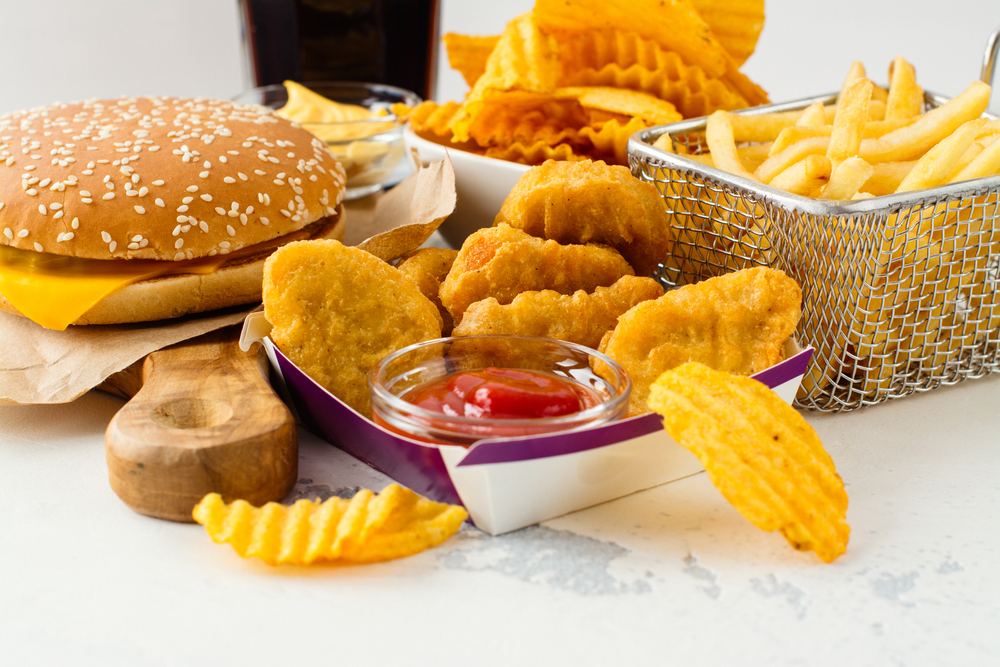
In an era before the term “organic” infiltrated the mainstream, the ’80s were a golden age of junk food. Lunchboxes were bursting with sugar-laden snacks, and dinnertime often featured processed meals that were more about convenience than nutrition. The food pyramid, taught in schools, endorsed a diet now considered laughably unhealthy, yet it was gospel at the time.
Fast food chains and microwave dinners became the modern family’s culinary staples, often marketed as wholesome when they were anything but. Parents, juggling work and home responsibilities, leaned into these quick fixes without a second thought. Today, the push towards organic, non-GMO, and farm-to-table diets represents a significant cultural pivot. The contrast is stark, as parents now navigate a maze of dietary advice and nutritional guidelines that were nonexistent back then.
7. The TV Babysitter Phenomenon
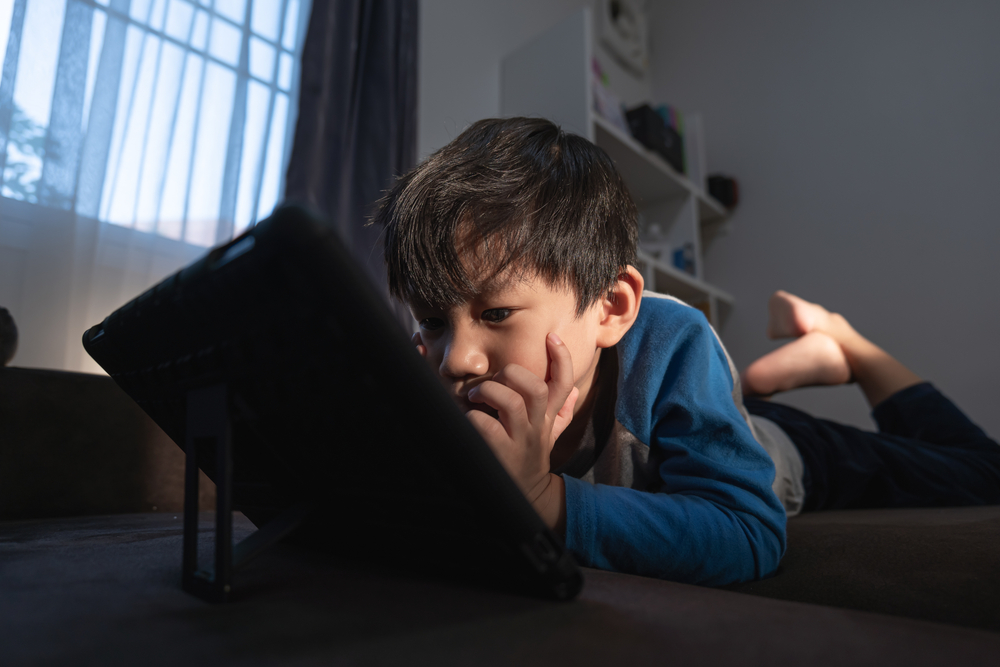
Television was the ubiquitous, unquestioned babysitter of the ’80s, an era when TV programming was often more suggestive than censored. Kids parked in front of the tube for hours, absorbing everything from Saturday morning cartoons to late-night sitcoms, while parents attended to other chores or simply enjoyed the quiet. A study by the National Institute of Child Health and Human Development found that children in the ’80s were exposed to about 27 hours of TV per week, a statistic that has since been scrutinized by child development experts.
The lack of content control meant children were often exposed to themes and topics way beyond their years. Today, screen time is a hotly debated topic, with parents policing content with the fervor of a hall monitor. The idea of leaving children unsupervised in front of a TV feels almost reckless now, but at the time, it was just part of everyday life. The transition from passive TV watching to interactive, educational screen time marks a significant cultural shift in parenting philosophy.
8. The Free Range Car Seat Situation
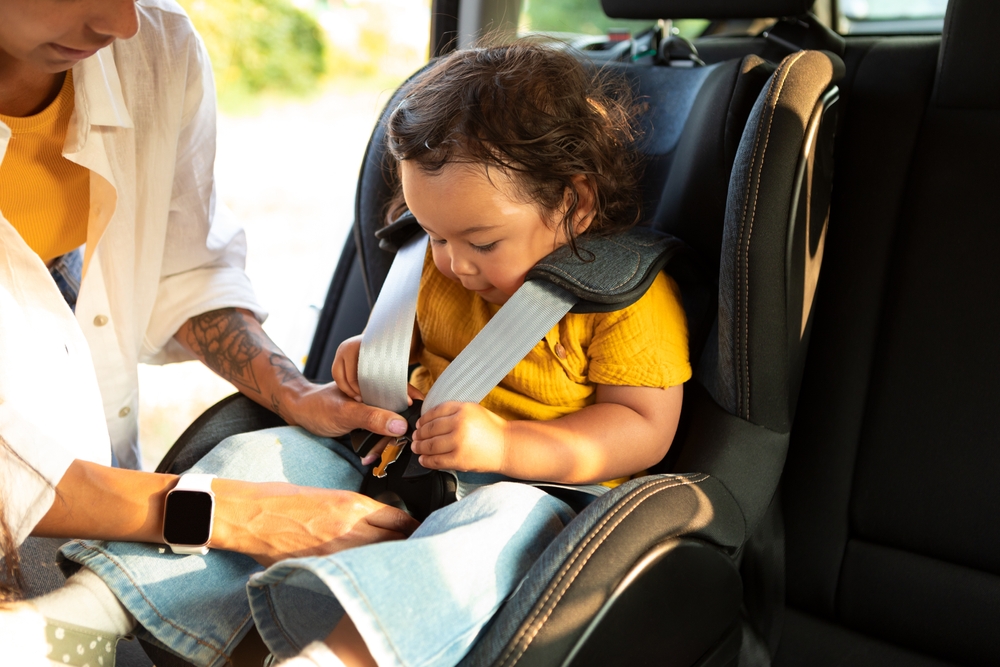
In the 1980s, the car seat debate wasn’t even a debate—because it barely existed. Cars were less about safety and more about cruising, with kids often lounging in the backseat sans seatbelt or, gasp, riding shotgun. Dr. Benjamin Hoffman, a pediatrician and chair of the American Academy of Pediatrics Council on Injury, Violence, and Poison Prevention, notes that it wasn’t until the late ’80s and early ’90s that car seat laws began to gain traction. Imagine the uproar if today’s parents let their toddlers roam free in a moving vehicle.
Parents back then just didn’t have the same kind of information, or perhaps the same level of societal anxiety. Seat belts were more of a suggestion than a rule, and airbags were an optional luxury. The family station wagon, albeit spacious, was more of a playground on wheels than a safety bubble. Today’s car seat guidelines feel as intricate as assembling Ikea furniture, and thank goodness for that.
9. The Lazy Sleep Routine Approach

Bedtime in the ’80s was far from the regimented affair it has become today. Kids might fall asleep on the couch watching TV, only to be carried to bed later, or they’d stay up well past what we’d now consider a reasonable bedtime. The concept of a strict, structured sleep routine was not a parenting priority like it is in contemporary households.
The understanding of sleep’s impact on development has grown, making bedtime an orchestrated event with wind-down activities and digital curfews. The ’80s, however, was an era less bogged down by sleep science and more relaxed in parenting protocols. The laissez-faire attitude extended to naptime as well, more a matter of convenience than a necessity. It’s a stark contrast to today’s parents, who often fret over every minute of shut-eye.
10. The Unfiltered Home Library
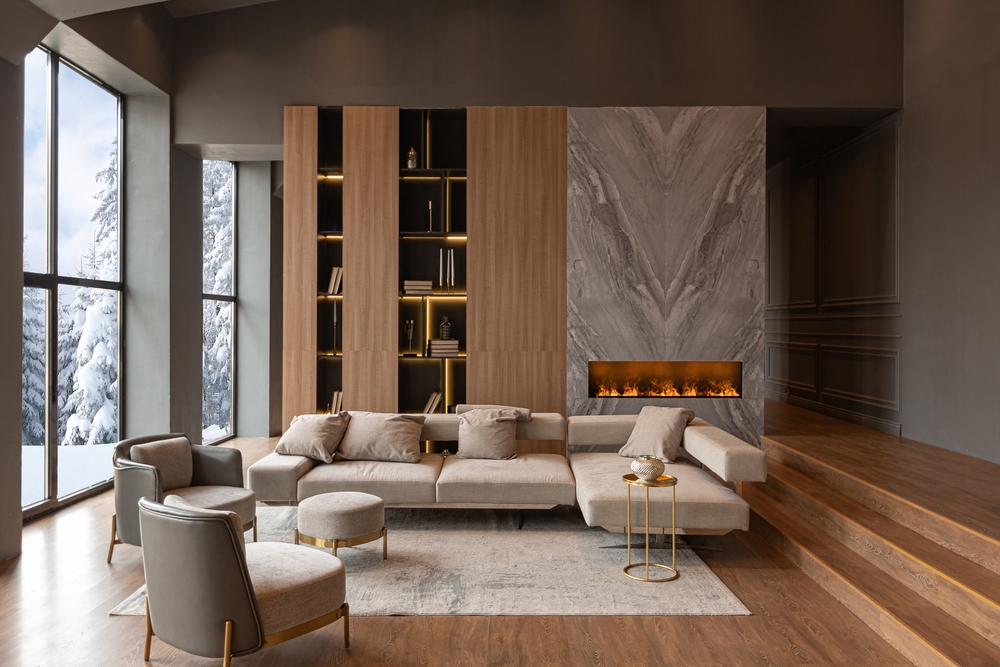
The family bookshelf was often a hodgepodge of titles, ranging from classic literature to romance novels with lurid covers, and parents didn’t think twice about what children might pick up. Kids had free rein to explore any book, regardless of its content, which often led to some eye-widening discoveries. The idea of censoring reading material was almost unheard of, leaving children to navigate mature themes on their own.
This unrestricted access fostered curiosity and, at times, premature insights into adult life. Today, parents and educators are more mindful about age-appropriate content, with carefully curated lists and reading programs. The result is a more structured literary environment, aiming to balance exploration with suitability. However, some argue that those shocking literary encounters of the ’80s contributed to a kind of intellectual and emotional resilience.
11. The Unplanned Holiday Travel
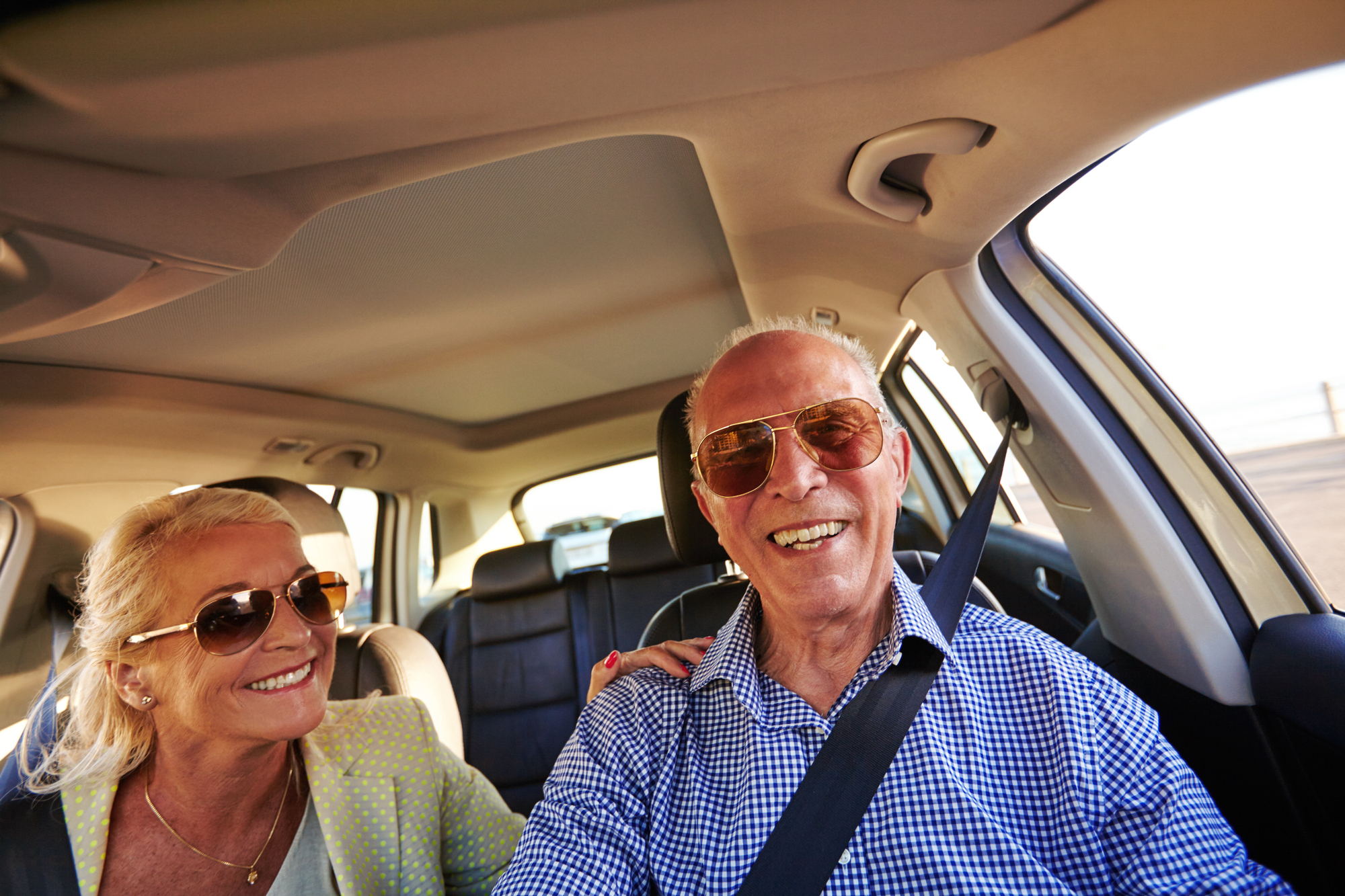
Road trips and vacations were a staple of the ’80s, and parents embarked on these journeys without the aid of modern technology. Entertainment consisted of the scenery outside, a few dog-eared books, and maybe a tape deck if you were lucky. The absence of tablets and smartphones meant families interacted in a way that feels almost foreign today.
The boredom that ensued was a breeding ground for imagination and creativity, with games like “I Spy” or “Punch Buggy” taking center stage. Today, the reliance on technology for travel entertainment is profound, with kids often glued to screens for the duration. This shift underscores a larger change in societal norms, where digital connection often takes precedence over physical interaction. Yet some nostalgic parents reminisce about those tech-free trips, seeing them as bonding experiences rather than burdens.
12. The Playground Hazard Ignorance
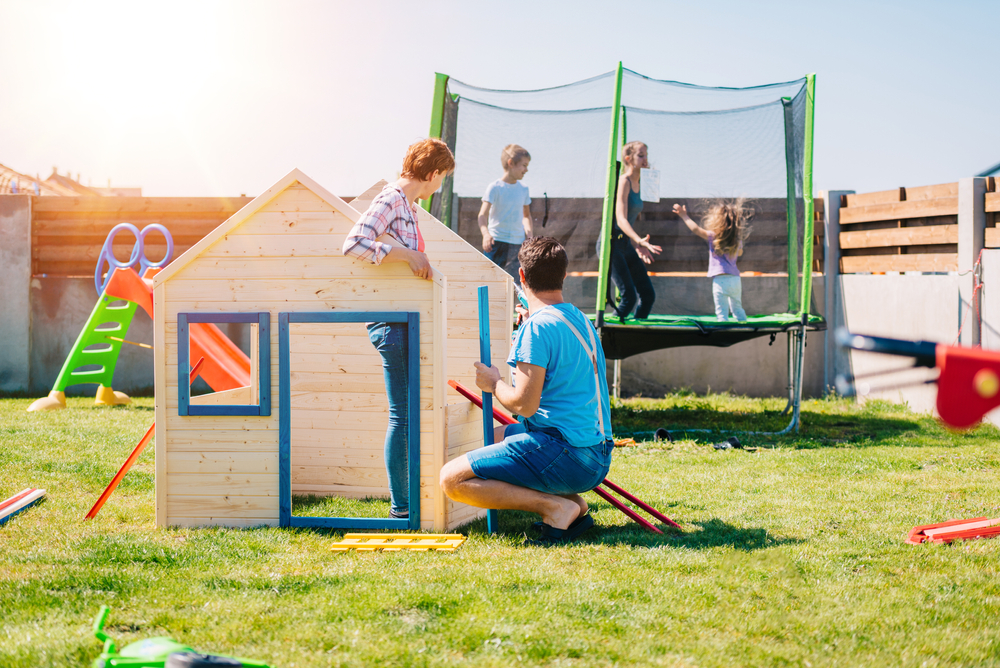
Playgrounds in the ’80s were anything but the padded, safety-checked oases they are today. Metal slides that could double as frying pans in summer, seesaws that resembled medieval launching devices, and monkey bars daring kids to defy gravity were standard fare. Parents watched from a distance, the only intervention being a shout if things looked particularly dire.
The lack of safety standards meant bruises and scraped knees were rites of passage, not causes for alarm. Today’s playgrounds are engineered with safety in mind, soft surfaces and rounded edges designed to minimize risk. The evolution reflects a broader societal shift towards protecting children, even if it means stifling a bit of adventurous spirit. The debate on whether this is for better or worse continues, with nostalgia and safety often at odds.
13. The Home Video Camera Invasion
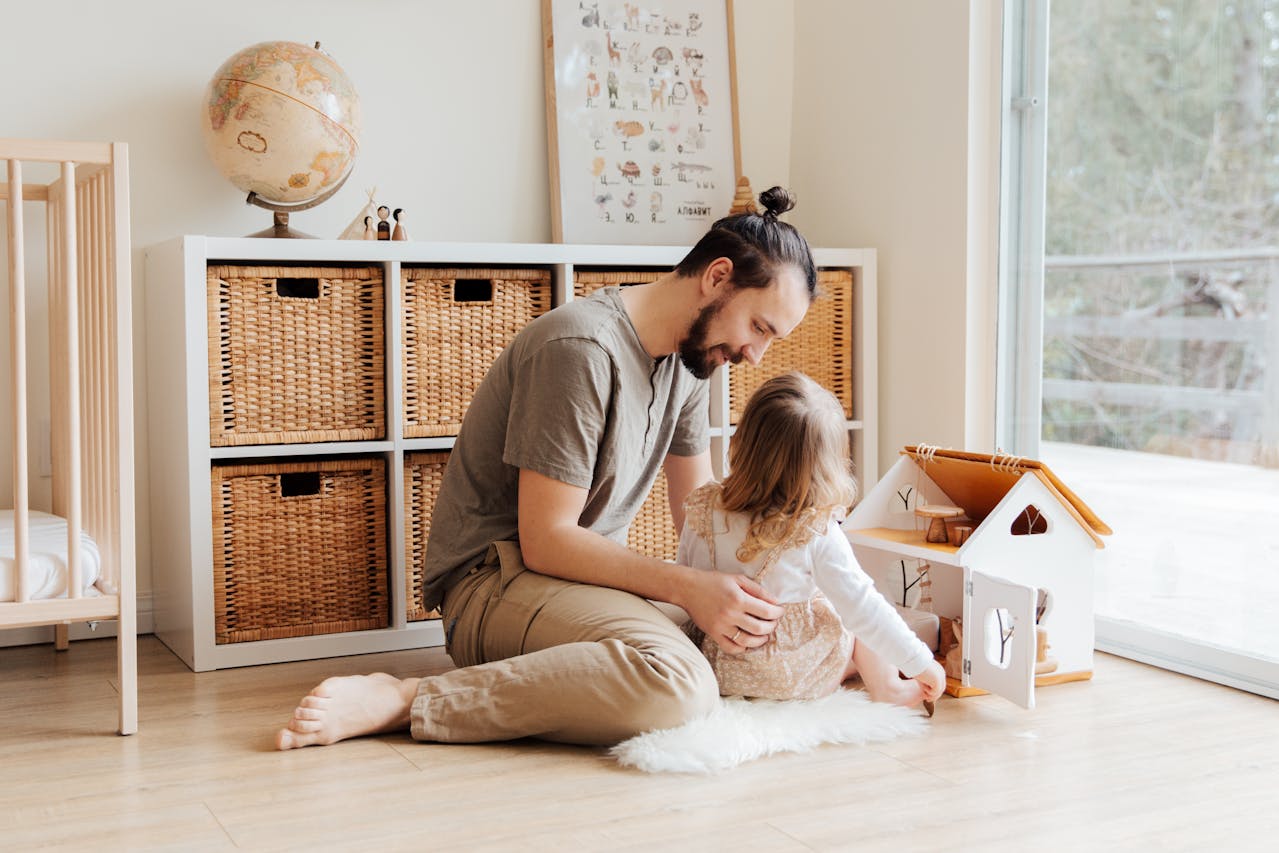
The camcorder was a revolutionary addition to the home in the ’80s, capturing family moments with all the grainy glory technology could muster. These devices were bulky and cumbersome, yet parents wielded them with pride, documenting everything from birthday parties to mundane daily activities. The idea of recording life as it happened was novel, creating archives of memories that were both cherished and occasionally cringeworthy.
This unfiltered glimpse into family life stands in stark contrast to today’s curated digital presence. Modern parents often stage and edit moments before sharing them online, a practice that feels worlds away from the candid recordings of the past. The shift from analog documentation to digital curation reflects broader changes in how we perceive and present our lives. Despite the evolution, those old tapes remain a nostalgic reminder of a simpler, less polished era.
Natasha is a seasoned lifestyle journalist and editor based in New York City. Originally from Sydney, during a stellar two-decade career, she has reported on the latest lifestyle news and trends for major media brands including Elle and Grazia.

